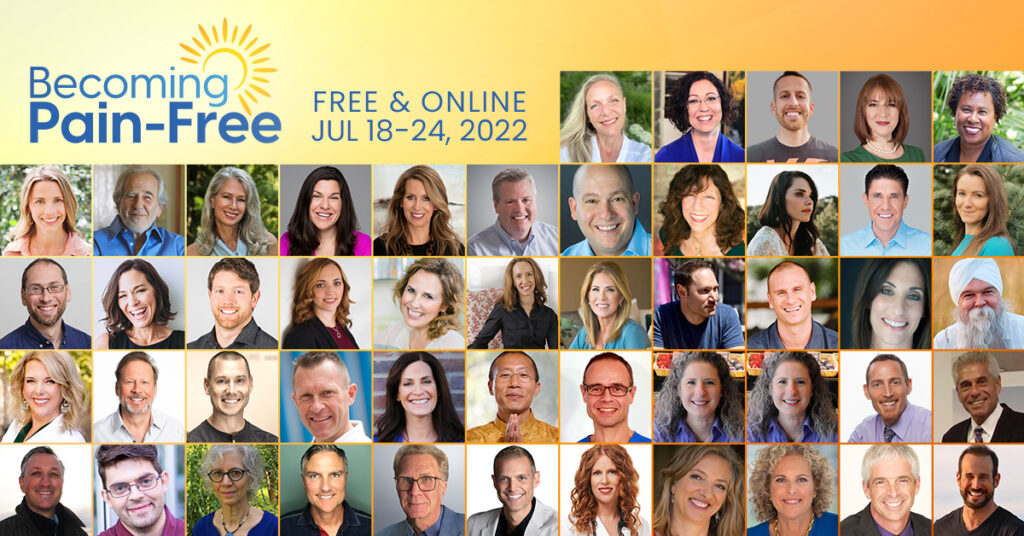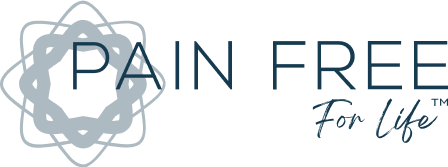
Chronic pain steals our time, sleep, energy, joy, and countless unknown opportunities. It can be downright discouraging to live with the constant aching, especially when it feels like no one understands. It’s hard because so many things are off-limits due to chronic discomfort–but don’t give up on the possibility of a pain-free life; there’s hope!
Today we’re revealing the wise advice from 45 of the world’s top natural pain resolution experts. We’re also sharing what has motivated and inspired us to make it our mission to rid the over 1.5 billion people worldwide who suffer from chronic pain.
Ready to learn how to start reversing your chronic pain, autoimmune disease, and inflammation without surgery, injections, prescriptions, or long recovery times?
In that case, you’re in the right place! Let’s see what experts have to say about becoming pain-free…
Becoming Pain Free Is Possible
Believe it or not, you don’t have to accept a life of pain. It may seem like a massive mountain to climb, but resolving your discomfort naturally really is possible. How do we know? We see it every day! We see it in our clinic, our support group, and when meeting with patients virtually, and here’s the kicker – We’re not the only ones witnessing this natural pain resolution revolution. My colleagues are seeing it too.
We’re in touch with a great network of natural pain resolution experts who use different natural methodologies to bring healing and comfort to those who thought it wasn’t impossible. In fact, Dr. Rob is joining an expert panel of 44 other amazing natural health professionals to spread this message far and wide.
More on that at the end of this blog!
Supporting Your Mind, Body, and Soul for Pain Resolution
When we talk with other professionals in the natural pain resolution realm, we’re always amazed by the diverse array of effective therapies out there that don’t require the use of dangerous or addictive pharmaceutical drugs.
Some exciting options include:
- Therapeutic massage. Massage therapy can be an efficient treatment for chronic pain. Therapeutic massage helps ease tension in the muscles, increase circulation and release endorphins (AKA the body’s natural painkillers). Read our microcurrent case study here to learn how Certified Hache Protocol™ Microcurrent Practitioner Mike Taddeo integrated microcurrent therapy into his massage practice.
- Neural exercises. Neural exercise (or neurofeedback) involves using electrical stimulation to stimulate the nervous system and promote healing. Microcurrent neurofeedback triggers temporary fluctuations in neural activity, which can be compared with rebooting a computer and allows you have more control over what goes on inside your head. Studies have shown that neurofeedback can effectively reduce pain and improve function in a variety of chronic pain conditions, including migraines, fibromyalgia, and even lower back pain. Furthermore, neural exercise is non-invasive and free of side effects. As a result, it is an appealing option for those seeking an alternative to medication or surgery.
- Spiritual and emotional exercises. The mind and body are connected, and what we do with one profoundly affects the other. When it comes to managing pain, this is especially true. While medication can help dull the sensation of physical pain, it does nothing to address the emotional and spiritual toll that chronic pain can take. However, some exercises can help ease both the physical and emotional anguish of pain.
One such exercise is visualization. When we focus on the sensations of pain, it can often make them worse. Visualizing something else can help take our minds off the pain and provide some relief. For example, imagine yourself in a peaceful place, like a beach or a meadow. Feel the sun on your skin and the breeze blowing through your hair. Smell the salt on the air or the flowers in the field. Let yourself be absorbed in this peaceful image and feel the tension start to drain away.
Another helpful exercise is deep breathing. We often hold our breath when we’re in pain, making the pain worse. Deep breathing helps relax our muscles, ease tension, and reduce stress. It also delivers oxygen to our cells, which can help to reduce inflammation. Lie down or sit in a comfortable position and place one hand on your stomach. Slowly inhale through your nose, allowing your belly to expand. Then exhale through your mouth. Repeat this process 10 times.
You can also try progressive muscle relaxation. This involves tensing and releasing different muscle groups in your body. Start by squeezing the muscles in your toes for 10 seconds and then releasing the tension. Work your way up, tensing and relaxing each muscle group for 10 seconds. This exercise can help to reduce overall muscle tension and ease pain.
These are just a few of the MANY natural pain resolution techniques you can explore in therapy to address your lingering pain. Remember, pain and inflammation are warning signals that your body needs you to take action. You must empower yourself and get the inspiration, knowledge, and tools you need to help heal the root causes of your pain to regain your freedom and joy. Sometimes that takes trying a few strategies together to get the results you’re aiming for–so don’t be afraid to explore.
Learn What 45 Experts Have to Say About Becoming Pain-Free…NATURALLY?
Here’s a preview of some of the natural and effective pain resolution techniques shared at the event:
- 3 powerful happiness practices
- How microcurrent therapy flips the switch on pain
- DIY lymphatic drainage demonstration
- 2 simple exercises for developing proper posture for pain relief
- 2 neural exercises for calming your nervous system
- Feldenkrais Method exercises
- 5 easy Pilates moves you can do in a chair
- 20-minute seated heart-opening practice
- Healing sound bath with crystal bowls
- A tapping session
And many more lifestyle habits & techniques for releasing pain
The best part? Many of the methods you picked up at this event work in synergy with microcurrent therapy!





